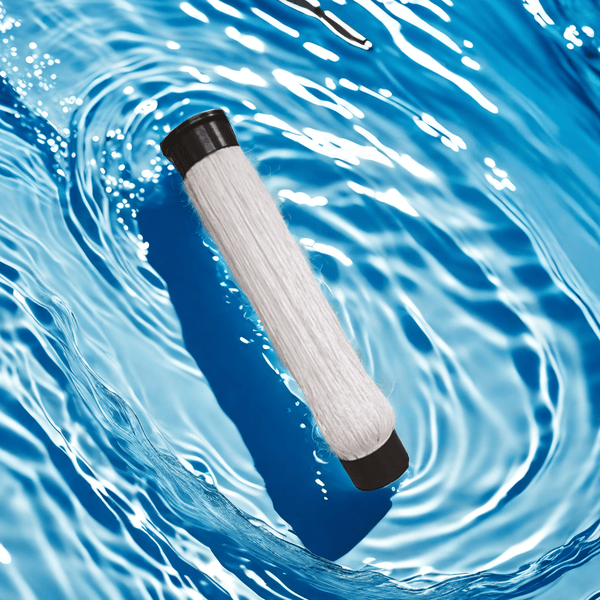Advantages and Applications of MBR Membrane Bioreactor in Sewage Treatment
MBR membrane bioreactor is a cutting-edge sewage treatment method that successfully integrates membrane separation technology with traditional activated sludge method. By placing membrane components in the biochemical reaction tank, MBR technology presents unique process characteristics and obvious advantages.
Efficient removal of pollutants: MBR technology performs well in removing common pollutants such as COD, suspended solids, turbidity, etc., and can significantly improve the water quality level of wastewater discharge. The microporous structure of its membrane components can effectively block microorganisms such as bacteria and viruses, effectively ensuring the hygiene and safety of the effluent.
High biological concentration and small footprint: Due to the efficient separation function of the membrane components, the biological concentration (MLSS) in the MBR system can reach 10,000mg/L, which is far higher than traditional processes. Because of this, the volume of the MBR reactor can be greatly reduced, and the ground area occupied is smaller.

Low sludge generation: Over time, the accumulation of sludge is significantly reduced, which reduces the cost of sludge treatment accordingly. At the same time, in the MBR, the refractory organic matter can be fully decomposed, and the amount of residual sludge is further reduced.
Excellent denitrification effect: The MBR membrane component can effectively intercept nitrifying bacteria, ensure the smooth nitrification reaction, and thus enhance the denitrification efficiency of the MBR system.
Strong anti-shock load capacity: The high concentration of activated sludge and long sludge age make the MBR system have a strong anti-shock load capacity and can adapt well to various water quality fluctuations.
High level of automation: The MBR membrane reactor system is easy to realize automatic control, convenient operation and management, and effectively saves labor costs.
